The Art of Swahili Cooking
Welcome to Chapter III of our storytelling journey, Jikoni, where we explore the art of Swahili cooking. Here, traditional recipes come to life, embodying the essence of Swahili culture and its vibrant flavors. Dive into the heart of the kitchen as we uncover dishes that celebrate bananas, pumpkins, sweet potatoes, grains, vegetables, meat, poultry, fish, and a delightful array of bites, desserts, and drinks.
Explore each section for detailed snippets and linked blog posts that provide a comprehensive guide to preparing these mouthwatering recipes.
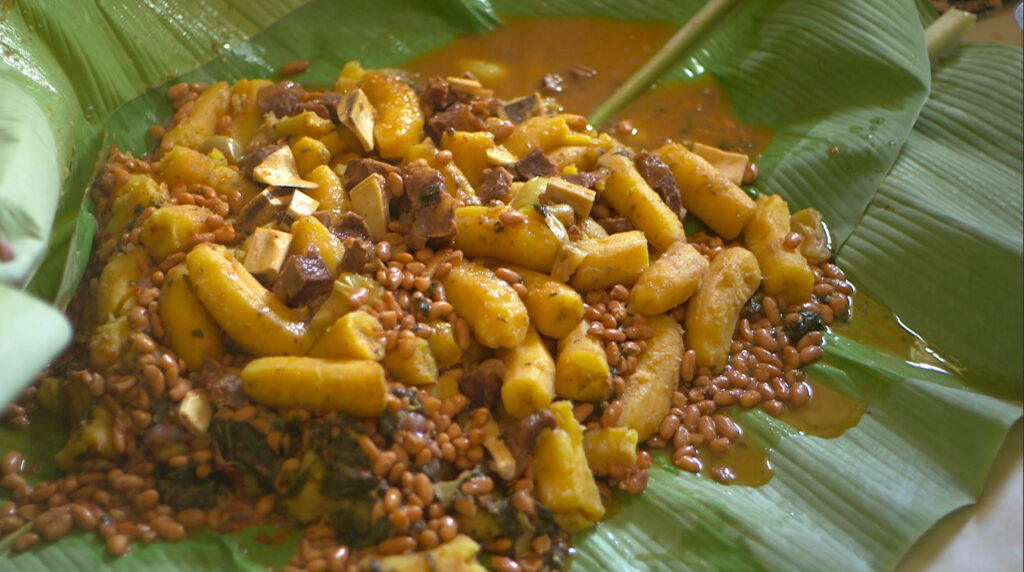
Banana Recipes
Discover the versatility of bananas in Swahili cuisine. From savory dishes like Kipome – a banana dish cooked with palm oil and groundnuts – to hearty combinations of bananas with meat (Halale), our banana recipes are a culinary delight.
Pumpkin Delicacies
Pumpkins are a cherished ingredient in Swahili cooking, offering both sweet and savory options. Learn how to make dishes like creamy pumpkin stews and spiced pumpkin mash that bring warmth and comfort to the table.
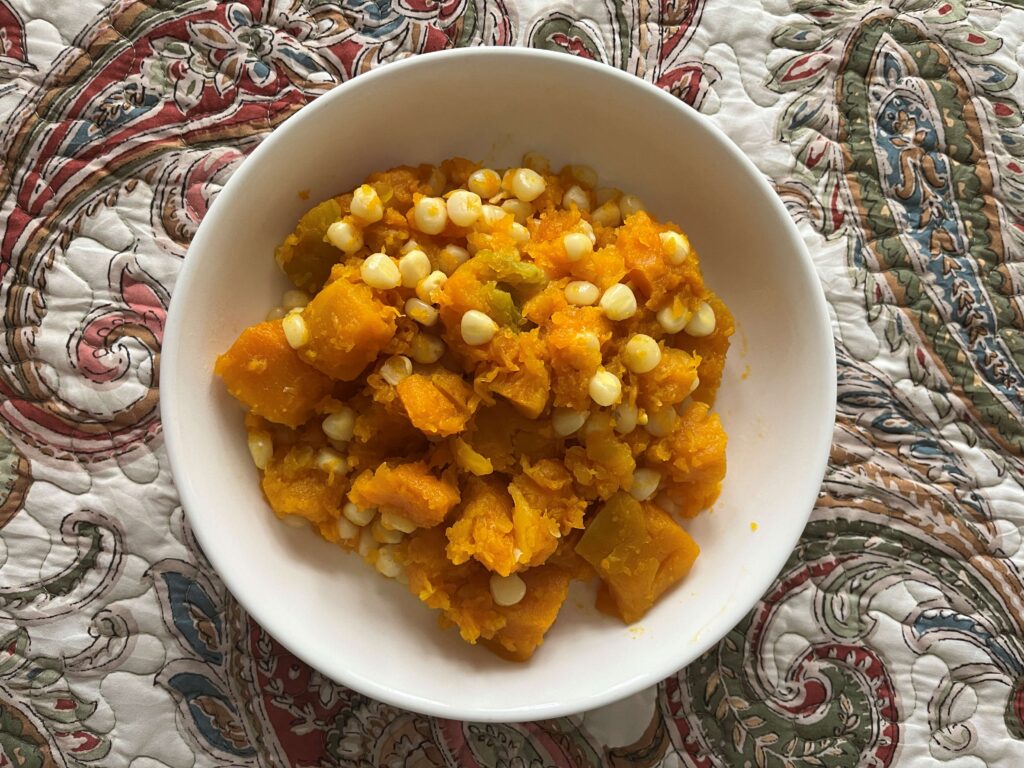
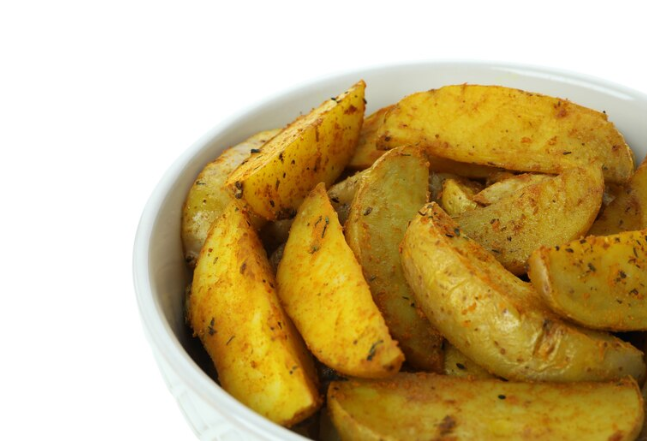
Sweet Potato Wonders
Sweet potatoes are a versatile ingredient, loved for their natural sweetness and ability to adapt to various dishes. Try recipes that range from sweet potato chapatis to hearty stews featuring this nutritious root.
Hearty Grain Dishes
Grains form the backbone of many Swahili meals. Discover recipes for flavorful pilau, spiced rice dishes, and wholesome porridge made with millet, sorghum, or maize. These dishes are perfect for any occasion.
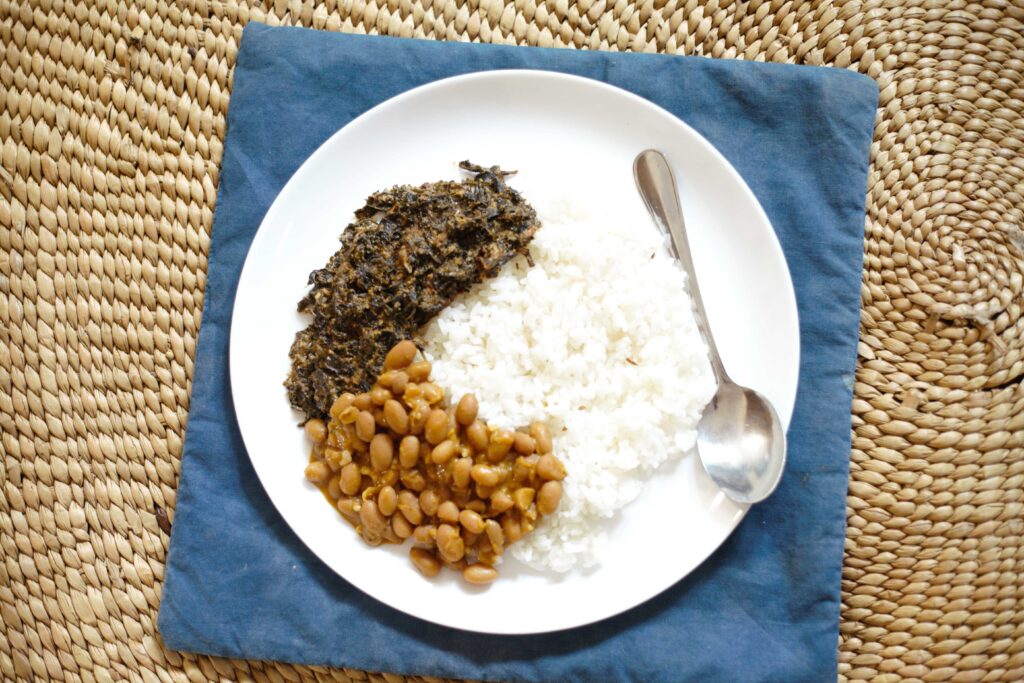
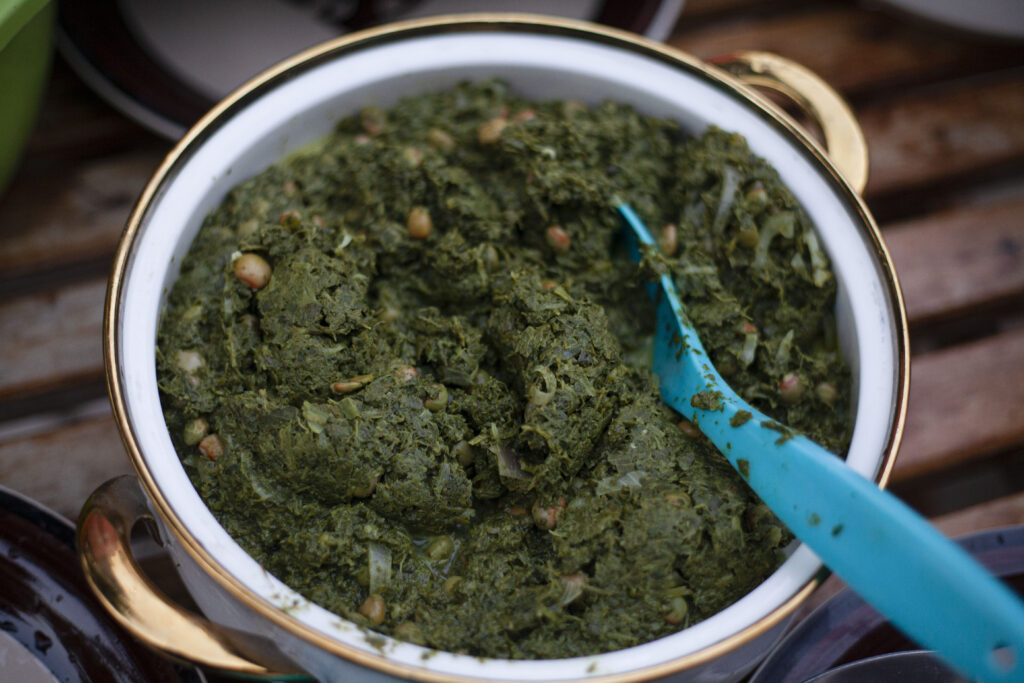
Flavorful Vegetable Dishes
Vegetables take center stage in dishes that are as nutritious as they are delicious. Explore recipes for sukuma wiki (collard greens), spicy okra stews, and mixed vegetable curries that celebrate the rich harvest of the land.
A Taste of Tanzanian Meat
Meat (nyama) holds a special place in Tanzanian cuisine. Goat, beef, and lamb are staples, cooked in a variety of ways that showcase the region’s love for bold, aromatic flavors.
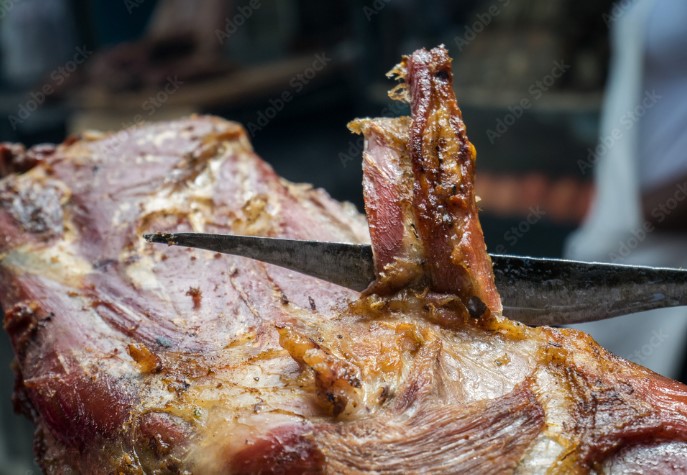

Poultry & Fish Recipes
Tanzania’s coastline, lakes, and rivers provide an abundance of fresh fish, while chicken and duck are popular in inland areas. Whether fried, grilled, or simmered in spicy sauces, these dishes capture the essence of Tanzanian culinary tradition.
From hearty meats to delicate desserts, Chapter III: Jikoni offers a vibrant tapestry of Tanzanian flavors. Each recipe is a celebration of the land, its people, and their traditions. For the full experience and more mouthwatering recipes, explore our cookbook and bring the essence of Swahili cuisine to your kitchen. From the fertile lands explored in Chapter I: Shamba to the skilled hands of the cooking artisans in Chapter II, Wapishi, we hope you enjoyed this chapter. See you in the next one!
